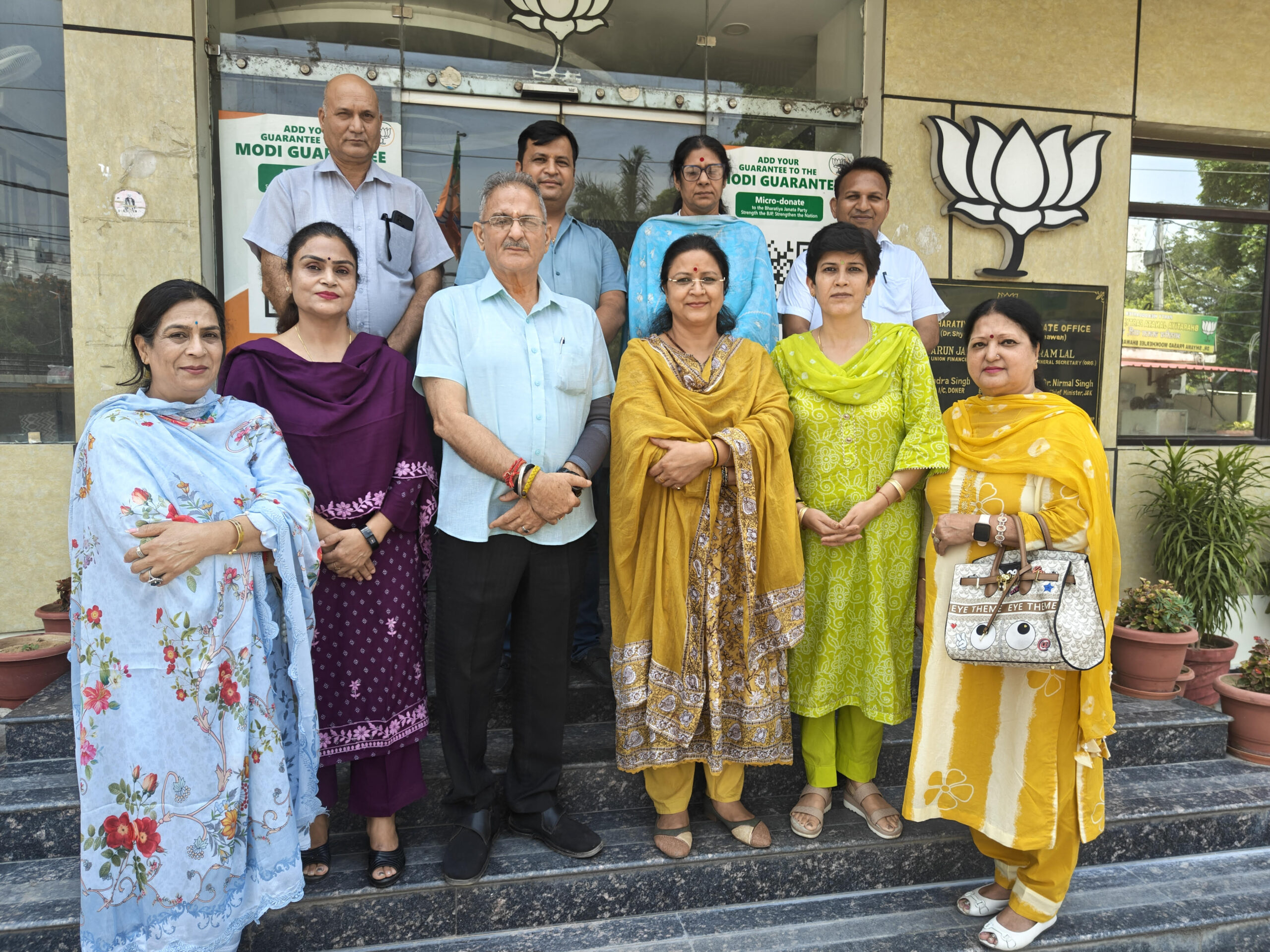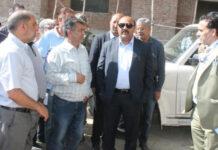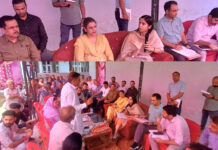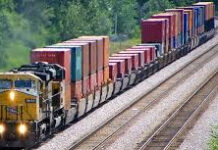DOGRA HERALD BUREAU
SRINAGAR, Nov 29
In an effort to achieve 100 percent saturation of rural areas in tap water connectivity in J&K, 14.03 lakh (75%) out of 18.69 lakh rural households have so far been covered under Tap Water Connections by the J&K Jal Jeevan Mission (JJM).
The Mission has been working overnight to achieve the targets and so far out of 6596 work components, more than 5600 components (85%) like Tube wells, Bore Wells, Rapid Sand Filtration Plants, Over Head Tanks, Ground Service Reservoirs and pipe networks have started with completion of 1376 works as on date.
Similarly, more than 3000 schemes are under execution across all the districts of the UT with involvement of about 1700 contractors executing the works which has resulted in massive employment generation in rural areas. At least 350 Water Supply Schemes have been completed as on date.
Under Water Quality Monitoring & Surveillance, during the current fiscal, about 1.75 lakh tests have been conducted through 98 Water Testing laboratories set up all across the UT to ensure the constant maintenance of quality of the water being supplied to the general public.
Further, about 7500 Field Testing Kits (FTKs) have been distributed among 6630 Panchayat Pani Samitis and more than 33000 Women have been trained for use of FTKs in checking the quality of water and reporting the results online through WQMIS Portal.
The Mission has conducted massive public outreach and awareness campaigns across J&K during this year which includes capacity building sessions, debates, painting competitions at schools, holding of special Gram Sabhas, distribution of field kits etc. JJM, it may be mentioned, is a flagship programme of national importance aimed to provide each and every rural household with Functional Household Tap Connection (FHTC) within the premises, capable of supplying water at a minimum service level of 55 liters per capita per day and quality conforming to BIS 10500.
At an estimated cost of Rs. 13000 crore, the programme involves creation of a sustainable water infrastructure and to build the capacities of the local communities and involve them in the management of the water supply assets on a long term and sustainable basis.


























